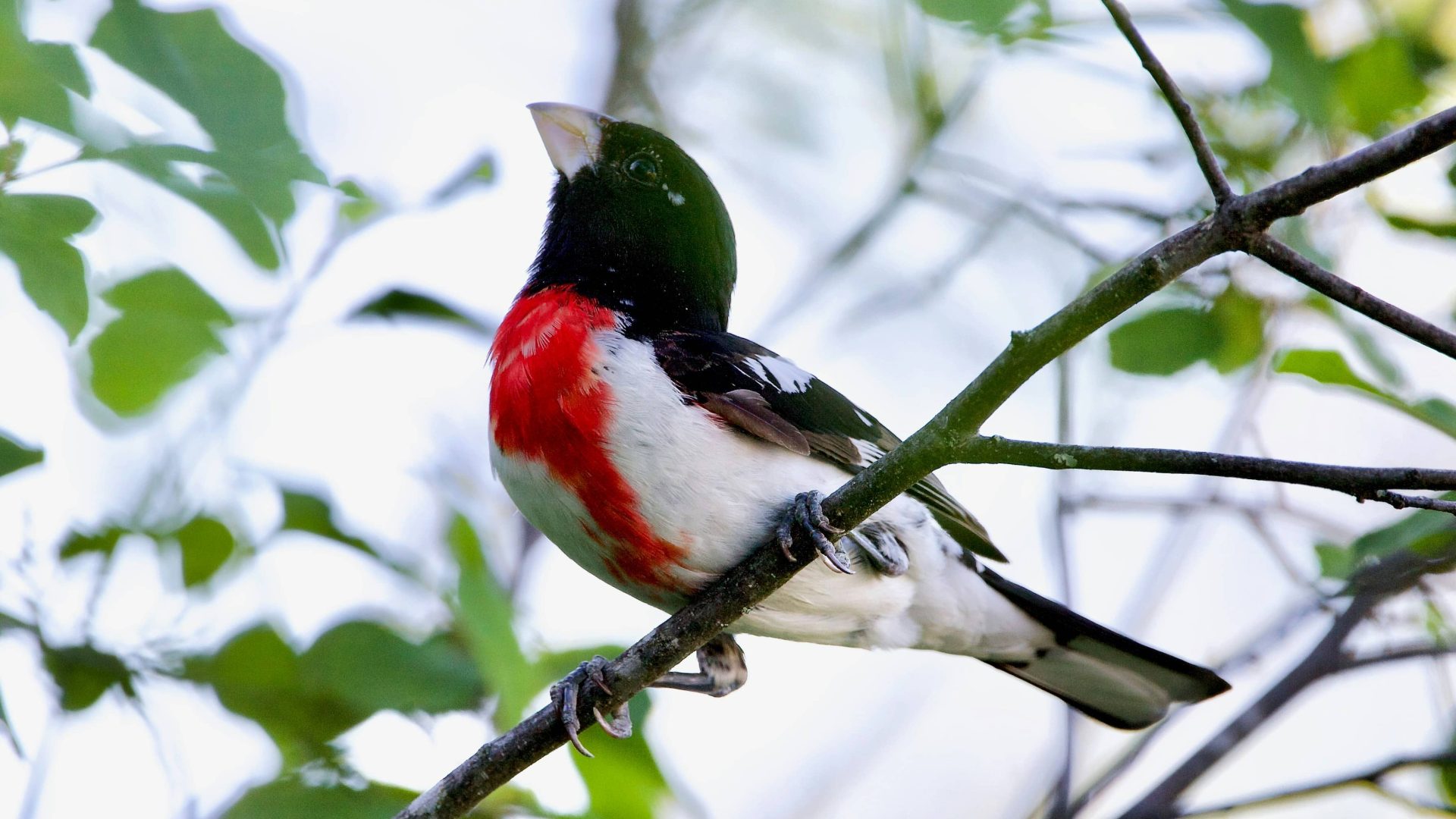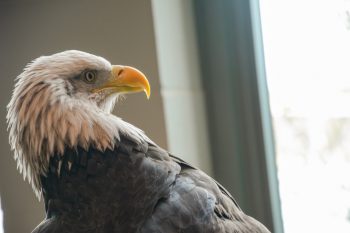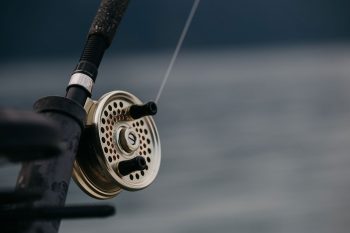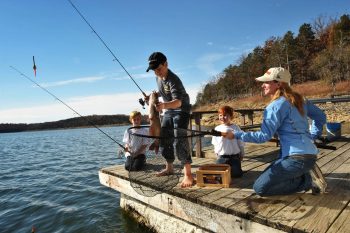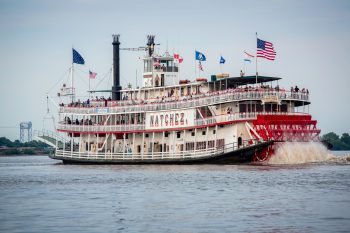Bird lovers will find plenty of outstanding destinations to explore in Mississippi River Country, from the massive Mississippi Flyway that follows America’s most famous river to stunning sites along the Great Lakes, the Smoky Mountains and beyond.
Here’s a state-by-state look at a few spots that birdwatchers shouldn’t miss.
Arkansas
- Bald Knob National Wildlife Refuge: Located in the central part of the state just northeast of Little Rock, this refuge’s ponds, irrigation canals, and woodlands offer great birding opportunities (nearly 300 species have been recorded here)
- Holla Bend National Wildlife Refuge: Five miles (8 km) downstream of the central Arkansas city of Dardanelle along the Arkansas River, Holla Bend is a great place to see migrating songbirds in spring as well as bald eagles in the fall and winter
- Millwood Lake, Lockesburg: This lake in the southwest corner of the state has long been a popular spot for birders and boasts a healthy population of waterbirds and songbirds; good viewing spots can be found at Millwood State Park
Illinois
- Montrose Point, Chicago:300+ species recorded at this park on Lake Michigan in Chicago
- Illinois Beach State Park, Zion: Diverse habitats on the shores of Lake Michigan in northern Illinois
- Mississippi Palisades State Park, Savanna: The Mississippi River and its backwaters are home to 200 migrating species and bald eagles in the winter
Louisiana
- Grand Isle State Park: Located on a barrier island in the Gulf of Mexico that is an important stop for migrating birds
- Bayou Sauvage National Wildlife Refuge: More than 270 species of birds have been observed at this marsh area by Lake Pontchartrain
- Jean Lafitte National Historical Park/Barataria Preserve:23,000 acres (93 square km) of woods and wetlands just south of downtown New Orleans
Minnesota
- Hawk Ridge Bird Observatory, Duluth: Part of a nature reserve that’s been classified as an Important Birding Area by the National Audubon Society, Hawk Ridge is a great place to see hawks (naturally), eagles, and other raptors
- Blue Mounds State Park, Luverne: This 1,800-acre (7 square km) park in the southwest corner of the state is home to photo-worthy species like blue grosbeak, black- and yellow-billed cuckoos, Baltimore orioles, and more (as well as a resident herd of bison)
- Mississippi National River and Recreation Area: The Mississippi Flyway, which follows America’s most famous river, is an important migration route used by 325 bird species (including 40% of shorebirds and waterfowl) and this 72-mile (115 km) river park follows the Mississippi and is a great spot for birdwatching
Mississippi
- Grand Bay National Estuarine Research Reserve: A designated Audubon Important Bird Area on the Gulf Coast on the Mississippi/Alabama border
- Mississippi Sandhill Crane National Wildlife Refuge: Gulf Coast refuge dedicated to protecting one of the rarest bird subspecies in the world, the Mississippi Sandhill Crane
- Gulf Islands National Seashore: 6 major islands that offer great viewing across forests, marshes, bayous, and open water
Tennessee
- Great Smoky Mountains National Park: Located in eastern Tennessee and covering more than 800 square miles (2,000 square km), this is the most-visited national park in America and it’s home to hundreds of bird species
- Roan Mountain State Park: Provides an opportunity to see many species of the high Appalachian Mountains
- Frozen Head State Park: 24,000-acre (97 square km) state park in Cumberland Mountains is a popular spot for high-elevation nesting birds
Wisconsin
- Upper Mississippi River National Wildlife and Fish Refuge, Onalaska: This massive refuge has protected migratory birds, fish, and other wildlife for more than a century; stretching for more than 261 miles (420km) with a visitor center in Onalaska, the refuge is recognized as a Globally Important Bird Area
- Crex Meadows Wildlife Area, Grantsburg: One of the top birding sites in the Midwest, Crex Meadows covers 30,000 acres (121 square km) and hosts large collections of sandhill cranes in the fall; other birds seen here include trumpeter swans, loons, osprey, grebes, and more
- Horicon Marsh: Located in the east-central part of the state, Horicon Marsh is the largest cattail wetland in the country and is well-known for its diverse array of migrant and nesting birds, including bitterns, herons, pelicans, and more
